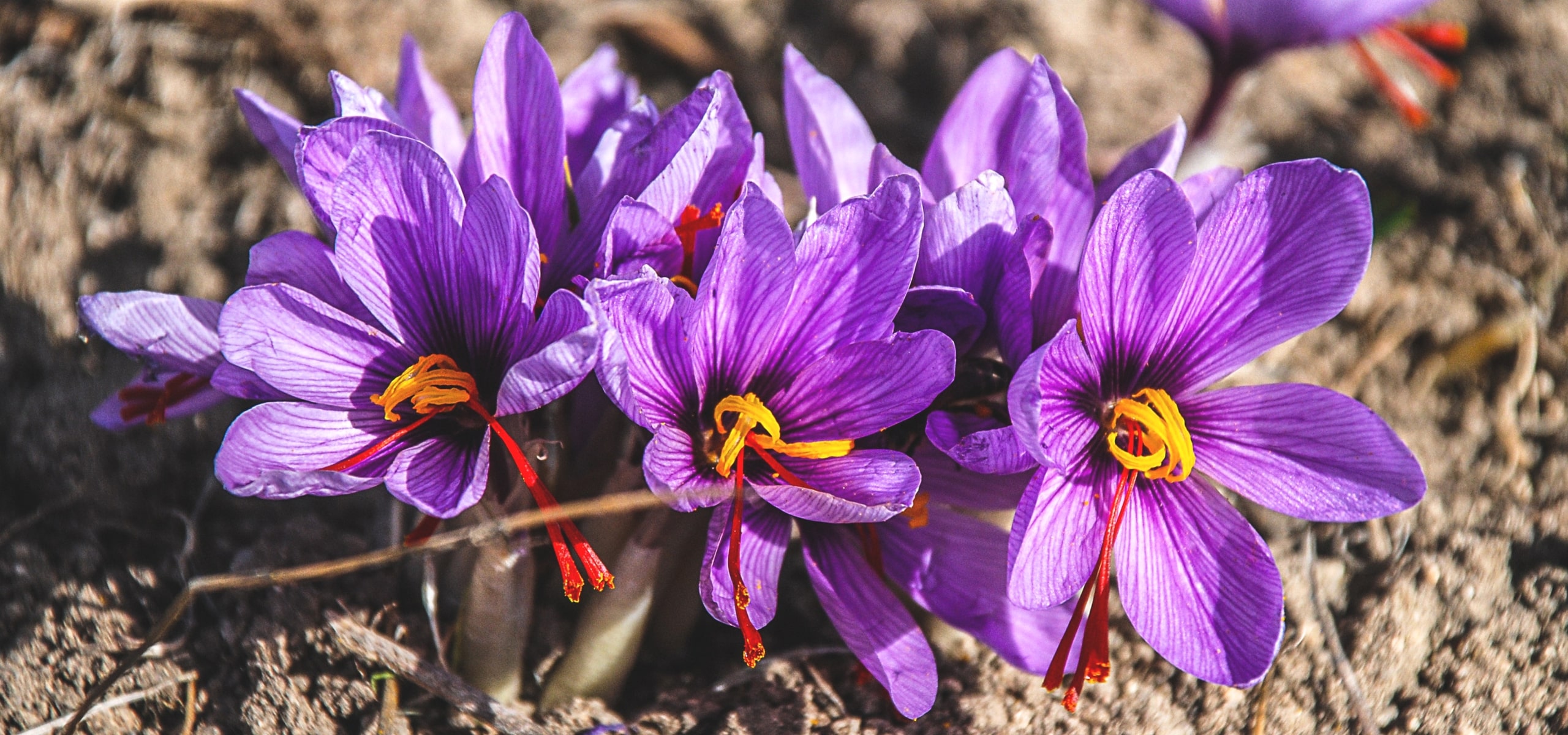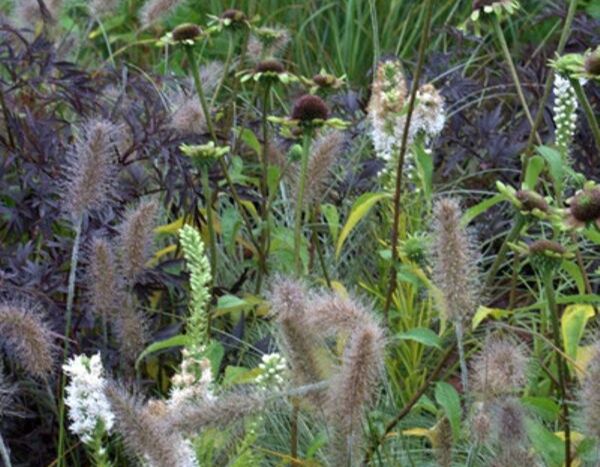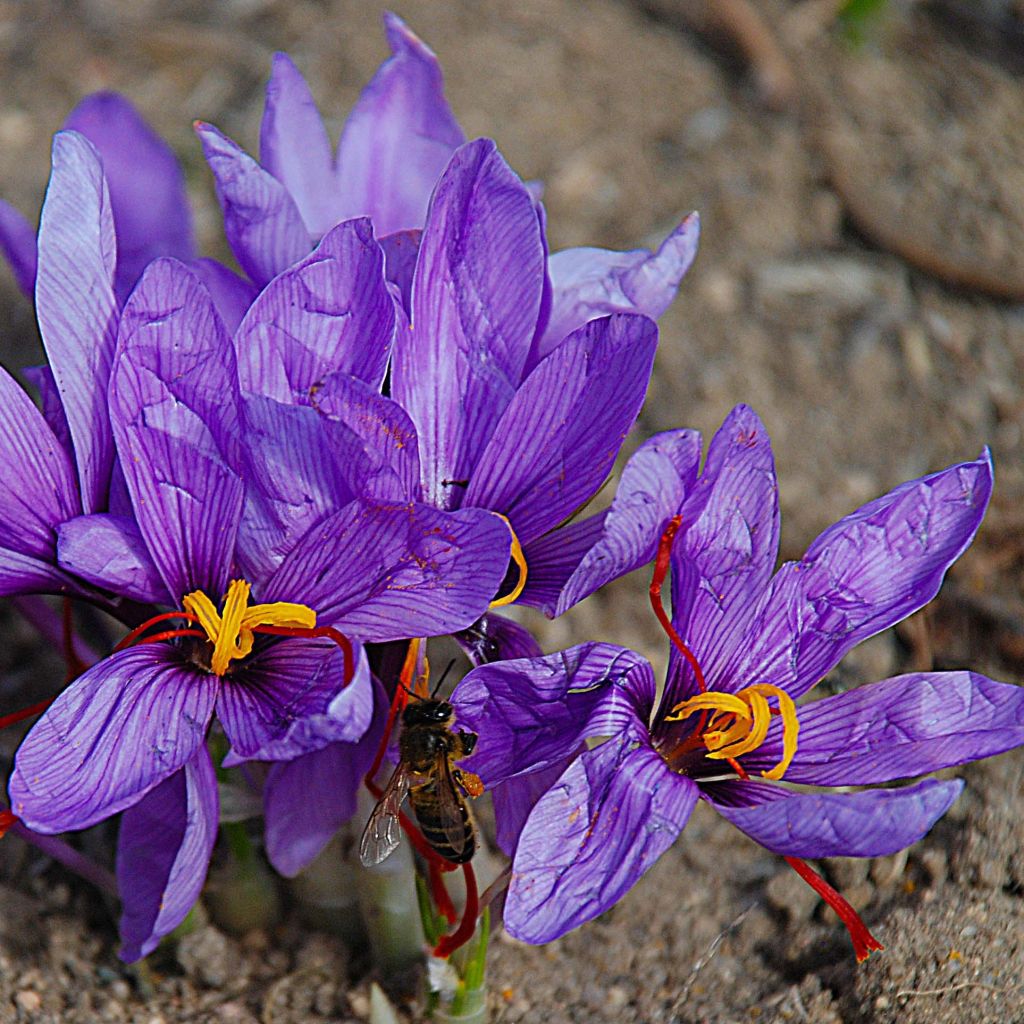

Crocus sativus - Saffron
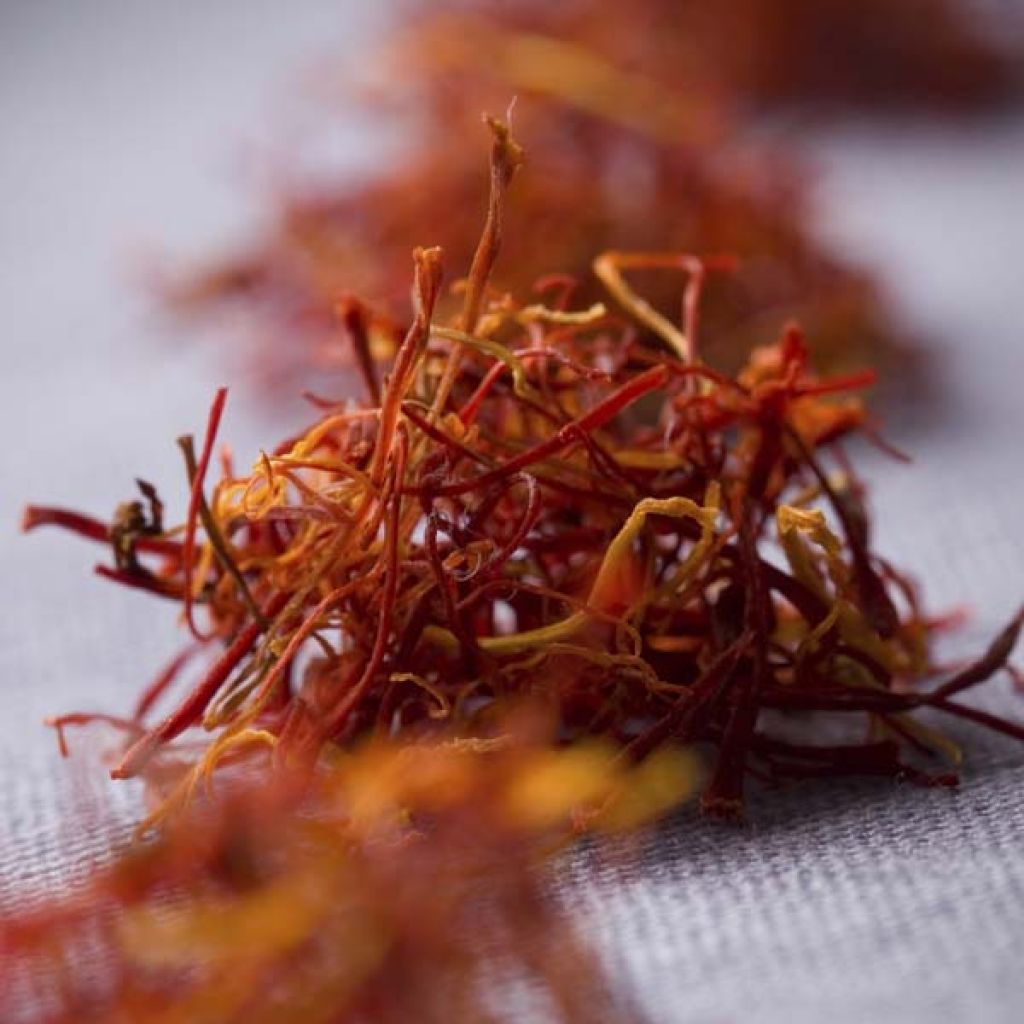

Crocus sativus - Saffron
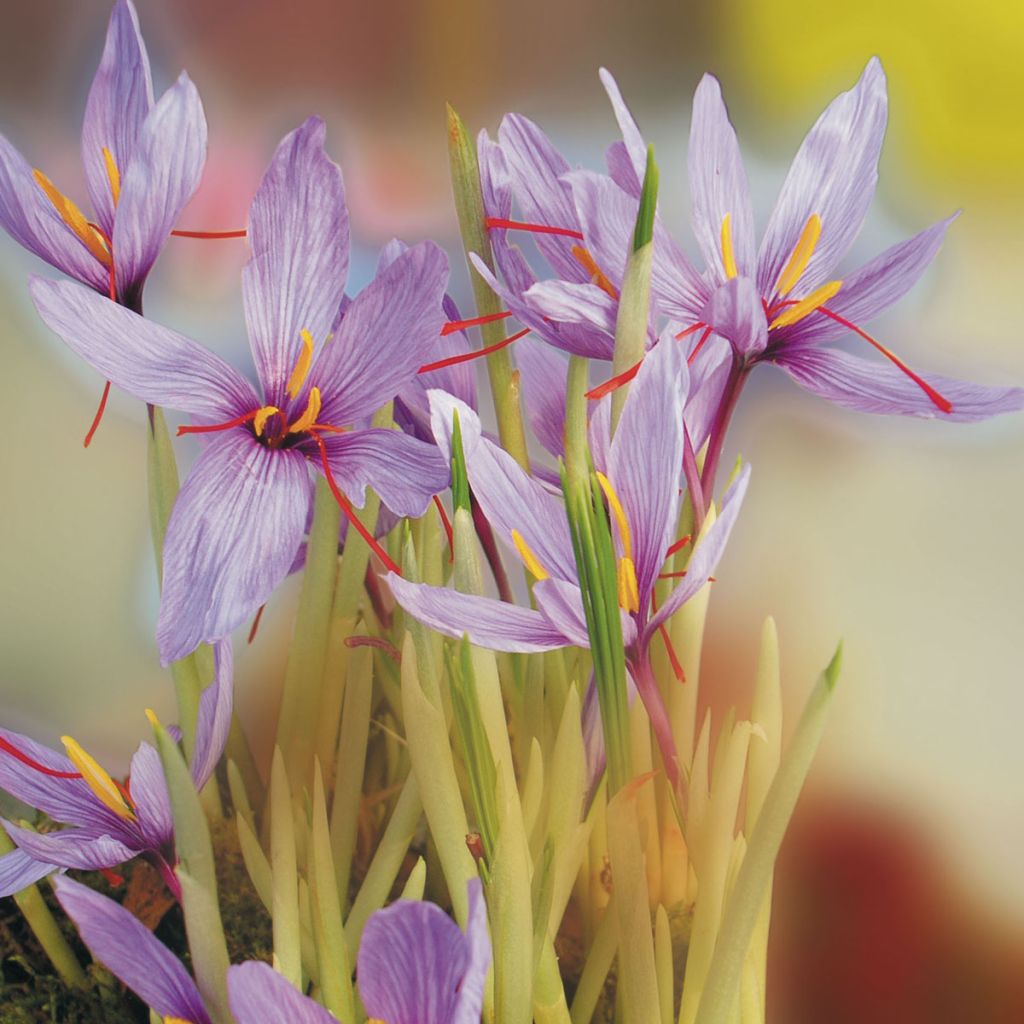

Crocus sativus - Saffron
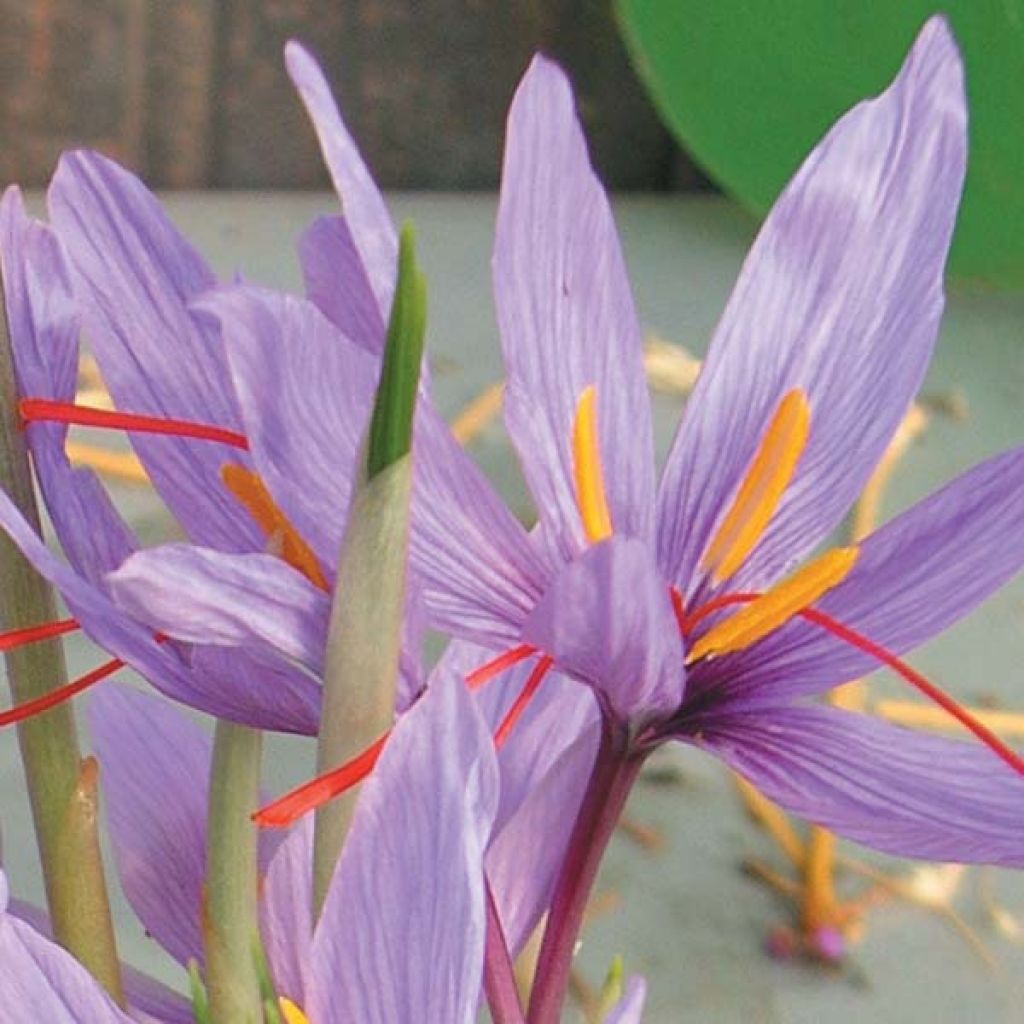

Crocus sativus - Saffron
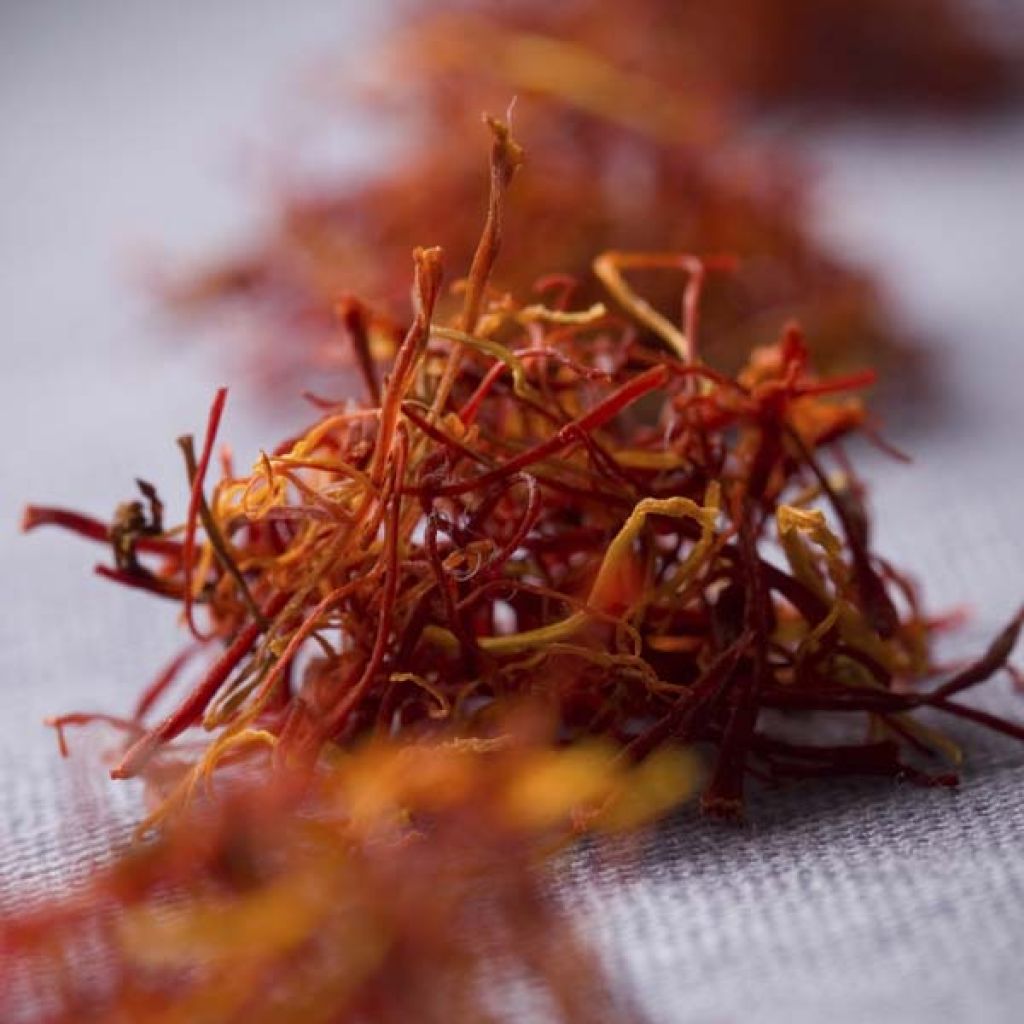

Crocus sativus - Saffron
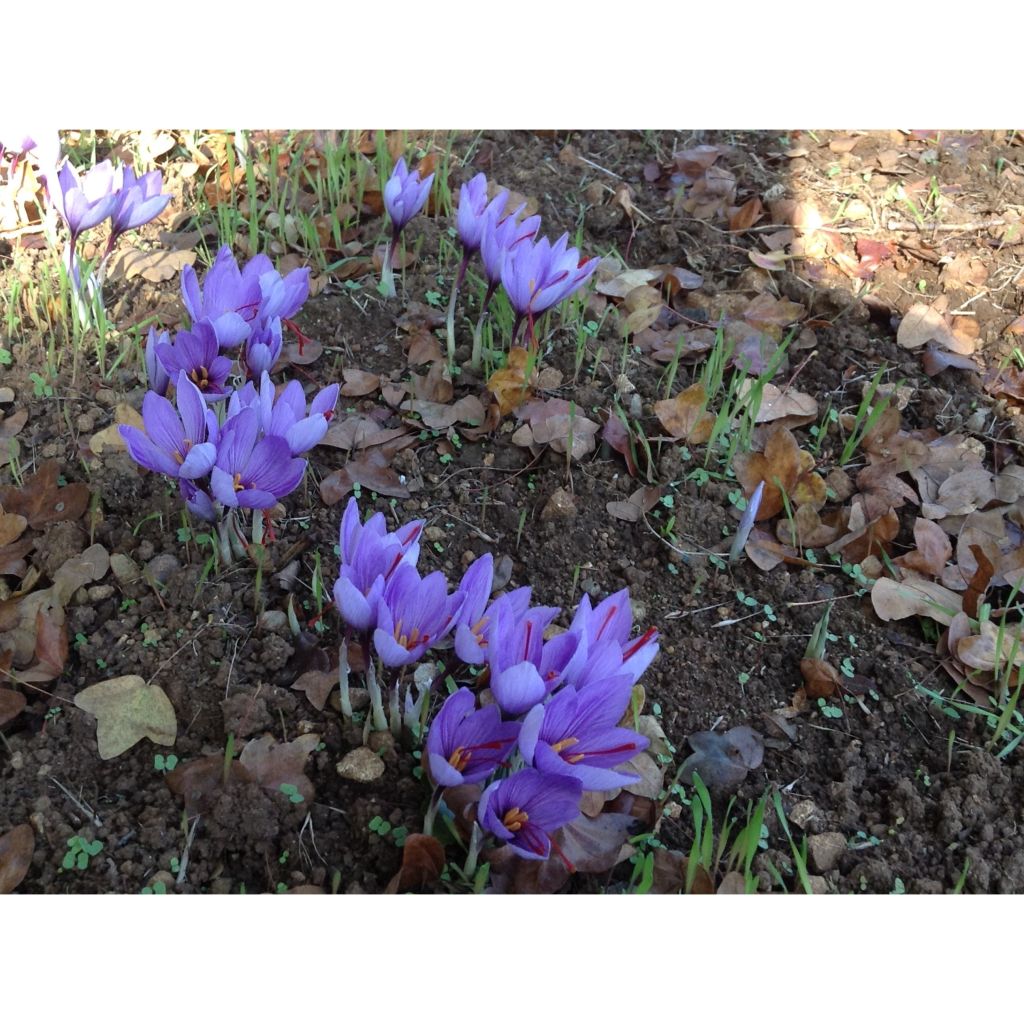

Crocus sativus - Saffron
View more pictures
Hide images
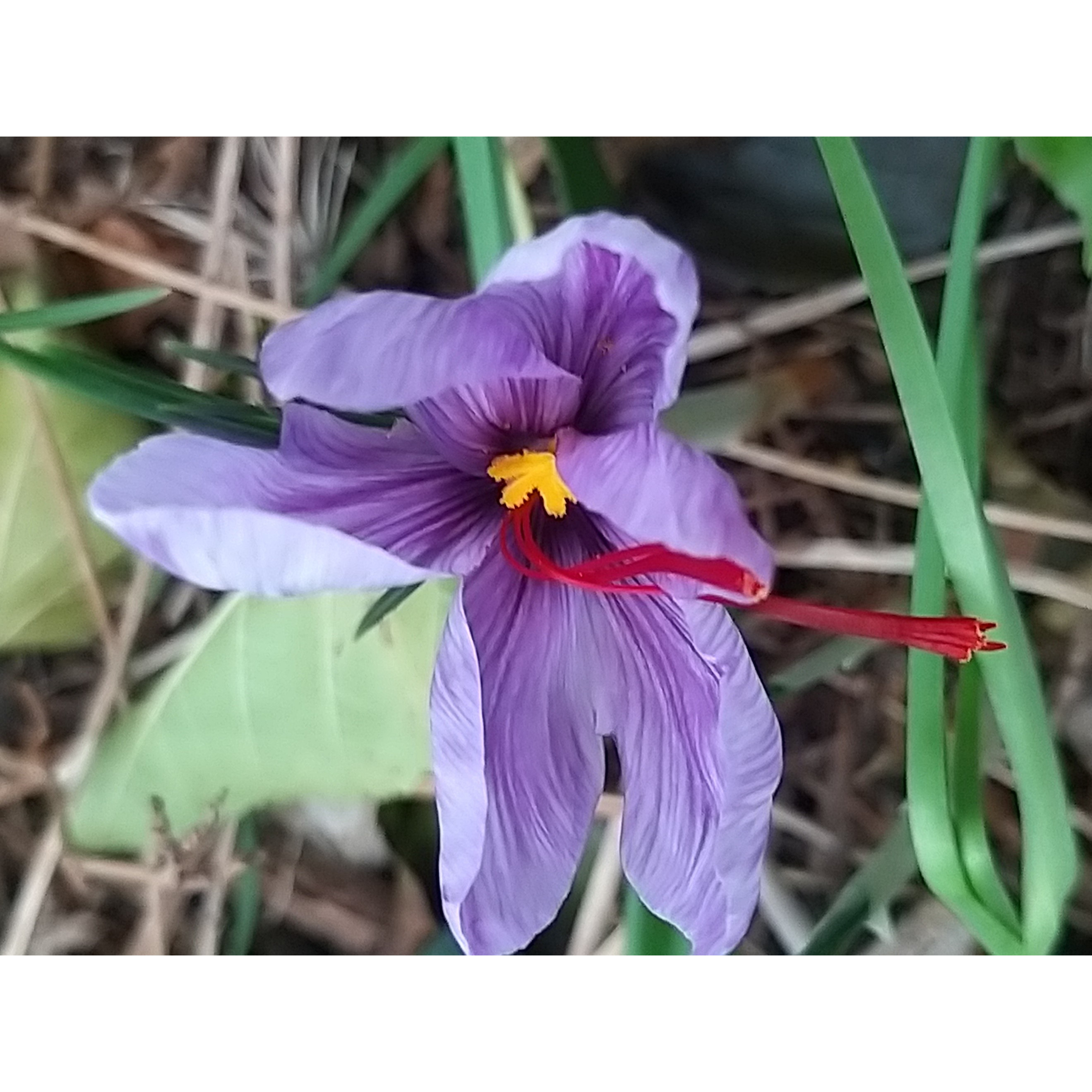
Thierry P.

October flowering - image 2
Thierry P. • 84 FR
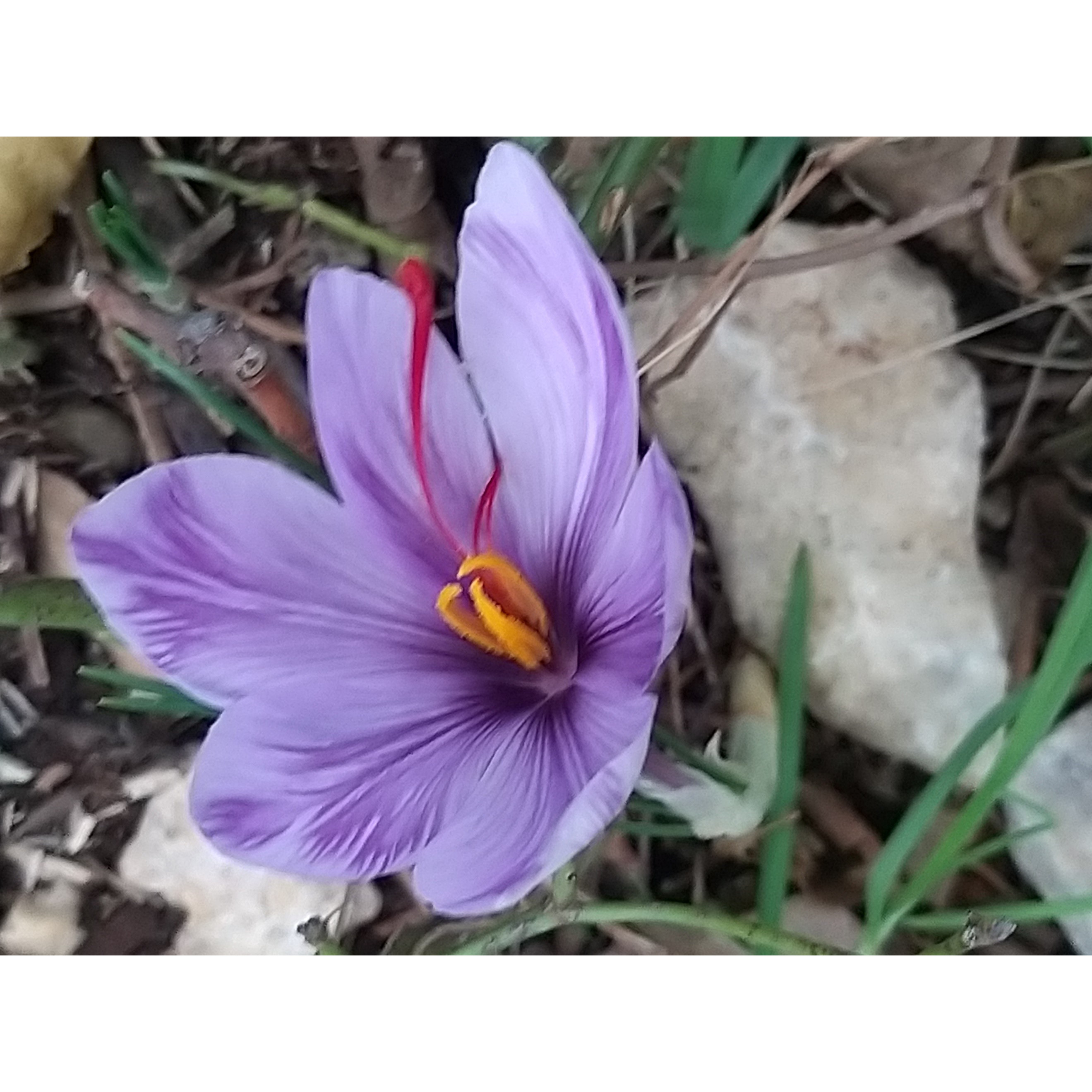
Thierry P.

October flowering - image 1
Thierry P. • 84 FR
Crocus sativus - Saffron
Crocus sativus
Saffron Crocus
Bulbs delivered in good size and all healthy, ready to flower from the first year.
Robin, 26/08/2025
Special offer!
Receive a €20 voucher for any order over €90 (excluding delivery costs, credit notes, and plastic-free options)!
1- Add your favorite plants to your cart.
2- Once you have reached €90, confirm your order (you can even choose the delivery date!).
3- As soon as your order is shipped, you will receive an email containing your voucher code, valid for 3 months (90 days).
Your voucher is unique and can only be used once, for any order with a minimum value of €20, excluding delivery costs.
Can be combined with other current offers, non-divisible and non-refundable.
This plant carries a 6 months recovery warranty
More information
We guarantee the quality of our plants for a full growing cycle, and will replace at our expense any plant that fails to recover under normal climatic and planting conditions.


Would this plant suit my garden?
Set up your Plantfit profile →
Description
Crocus sativus, commonly known as Saffron, is a small bulbous plant of uncertain origin, cultivated since ancient times for the harvest of its precious, highly aromatic, bright red female floral parts called stigmas. This perfectly hardy crocus is also a very pretty flower for autumn, with each corm producing one to two large cup-shaped flowers in shades of lilac, veined with purple, serving as a backdrop for the red stigmas and golden-yellow stamens. It can be grown in the vegetable garden as well as in sunny borders and rock gardens, scattered among ground-covering plants whose beautiful flowers will pierce through the vegetation.
The saffron is a perennial geophyte plant (having an underground storage organ called a corm) of the Iridaceae family. It is a sterile plant, not producing viable seeds, likely resulting from the hybridization of two wild crocuses that appeared several thousand years ago somewhere in Greece or Turkey, according to experts. Crocus sativus has a corm (swollen base of the stem) that allows it to go into a state of dormancy during the summer, thereby escaping the summer drought. Its foliage, composed of 6 to 10 very thin linear leaves, measuring 15 to 20cm in length, slightly leathery, with fringed edges, dark green in colour, develops in autumn, persists throughout winter, and disappears in early summer. Flowering generally occurs in October, before the appearance of the foliage. The spectacular large flowers, measuring 10cm in diameter, emerge directly from the ground. They are of great beauty, with a corolla of 6 petals, the centre of which is occupied by 3 yellow-gold stamens covered in pollen and 3 long red filaments called stigmas, which are harvested and dried for use in cooking as a spice or colouring agent. Unlike most crocus species, its flowers remain open even in darkness.
Crocus sativus is used in the vegetable garden, of course, but also in ornamental gardens, as it is as decorative as it is useful. It can be planted in borders, rock gardens, or even in pots for autumn crocuses. In the garden, it can be planted along the edge of a border or in a rock garden, always in a sunny and well-drained soil, and can be associated with pretty ground-covering perennials for dry soil: Artemisia lanata, wild thyme, Stachys byzantina, Phyla nodiflora, or even Cerastostigma plumbaginoides, with its red foliage in autumn, and many others. Ornamental garlics such as Allium christophii, as well as the Peruvian scilla, Amaryllis belladonna, or other bulbs that prefer dry soil in summer, also make good companions for saffron.
Saffron is mainly produced in Iran and is harvested every day as soon as the flowers bloom (the flowers have a short lifespan, approximately 48 hours), ideally at sunrise to preserve its taste qualities. Once harvested, the stigmas are dehydrated, let them dry for about twenty minutes in a slightly warm oven (60°C) and then store them in airtight containers. It takes 150 flowers to produce one gram of saffron.
We deliver saffron crocus, and we offer wholesale prices upon request.
Report an error about the product description
Crocus sativus - Saffron in pictures


Plant habit
Flowering
Foliage
Botanical data
Crocus
sativus
Iridaceae
Saffron Crocus
Middle East
Planting and care
Plant Crocus sativus in the summer for flowering in autumn (late October).
The bulbs are planted in a warm location, south or west exposure, 15cm deep and spaced 8cm apart. They prefer a well-drained soil, worked deep, light, permeable and enriched. Sandy or clay-limestone soil that is not too wet will be perfect.
If your soil is too heavy, simply incorporate sand or turf when planting. The plant does not need to be watered until the first vegetation appears, the first cold will make the flowers appear.
Leave it in place for several years to obtain beautiful flowers without any special care. The bulbs can be divided every summer to increase production. This crocus prefers to be grown in groups. To obtain saffron, cut the "saffron stigmas" from your crocus when each flower blooms, ideally at sunrise to preserve their taste quality and let them dry, ideally for about twenty minutes in a slightly warm oven (60°C): there you have your saffron!
Planting period
Intended location
Care
Planting & care advice
-
, onOrder confirmed
Reply from on Promesse de fleurs
Haven't found what you were looking for?
Hardiness is the lowest winter temperature a plant can endure without suffering serious damage or even dying. However, hardiness is affected by location (a sheltered area, such as a patio), protection (winter cover) and soil type (hardiness is improved by well-drained soil).

Photo Sharing Terms & Conditions
In order to encourage gardeners to interact and share their experiences, Promesse de fleurs offers various media enabling content to be uploaded onto its Site - in particular via the ‘Photo sharing’ module.
The User agrees to refrain from:
- Posting any content that is illegal, prejudicial, insulting, racist, inciteful to hatred, revisionist, contrary to public decency, that infringes on privacy or on the privacy rights of third parties, in particular the publicity rights of persons and goods, intellectual property rights, or the right to privacy.
- Submitting content on behalf of a third party;
- Impersonate the identity of a third party and/or publish any personal information about a third party;
In general, the User undertakes to refrain from any unethical behaviour.
All Content (in particular text, comments, files, images, photos, videos, creative works, etc.), which may be subject to property or intellectual property rights, image or other private rights, shall remain the property of the User, subject to the limited rights granted by the terms of the licence granted by Promesse de fleurs as stated below. Users are at liberty to publish or not to publish such Content on the Site, notably via the ‘Photo Sharing’ facility, and accept that this Content shall be made public and freely accessible, notably on the Internet.
Users further acknowledge, undertake to have ,and guarantee that they hold all necessary rights and permissions to publish such material on the Site, in particular with regard to the legislation in force pertaining to any privacy, property, intellectual property, image, or contractual rights, or rights of any other nature. By publishing such Content on the Site, Users acknowledge accepting full liability as publishers of the Content within the meaning of the law, and grant Promesse de fleurs, free of charge, an inclusive, worldwide licence for the said Content for the entire duration of its publication, including all reproduction, representation, up/downloading, displaying, performing, transmission, and storage rights.
Users also grant permission for their name to be linked to the Content and accept that this link may not always be made available.
By engaging in posting material, Users consent to their Content becoming automatically accessible on the Internet, in particular on other sites and/or blogs and/or web pages of the Promesse de fleurs site, including in particular social pages and the Promesse de fleurs catalogue.
Users may secure the removal of entrusted content free of charge by issuing a simple request via our contact form.
The flowering period indicated on our website applies to countries and regions located in USDA zone 8 (France, the United Kingdom, Ireland, the Netherlands, etc.)
It will vary according to where you live:
- In zones 9 to 10 (Italy, Spain, Greece, etc.), flowering will occur about 2 to 4 weeks earlier.
- In zones 6 to 7 (Germany, Poland, Slovenia, and lower mountainous regions), flowering will be delayed by 2 to 3 weeks.
- In zone 5 (Central Europe, Scandinavia), blooming will be delayed by 3 to 5 weeks.
In temperate climates, pruning of spring-flowering shrubs (forsythia, spireas, etc.) should be done just after flowering.
Pruning of summer-flowering shrubs (Indian Lilac, Perovskia, etc.) can be done in winter or spring.
In cold regions as well as with frost-sensitive plants, avoid pruning too early when severe frosts may still occur.
The planting period indicated on our website applies to countries and regions located in USDA zone 8 (France, United Kingdom, Ireland, Netherlands).
It will vary according to where you live:
- In Mediterranean zones (Marseille, Madrid, Milan, etc.), autumn and winter are the best planting periods.
- In continental zones (Strasbourg, Munich, Vienna, etc.), delay planting by 2 to 3 weeks in spring and bring it forward by 2 to 4 weeks in autumn.
- In mountainous regions (the Alps, Pyrenees, Carpathians, etc.), it is best to plant in late spring (May-June) or late summer (August-September).
The harvesting period indicated on our website applies to countries and regions in USDA zone 8 (France, England, Ireland, the Netherlands).
In colder areas (Scandinavia, Poland, Austria...) fruit and vegetable harvests are likely to be delayed by 3-4 weeks.
In warmer areas (Italy, Spain, Greece, etc.), harvesting will probably take place earlier, depending on weather conditions.
The sowing periods indicated on our website apply to countries and regions within USDA Zone 8 (France, UK, Ireland, Netherlands).
In colder areas (Scandinavia, Poland, Austria...), delay any outdoor sowing by 3-4 weeks, or sow under glass.
In warmer climes (Italy, Spain, Greece, etc.), bring outdoor sowing forward by a few weeks.

































